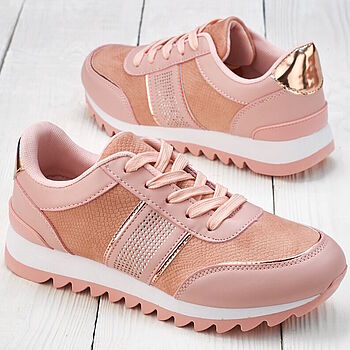
The successful marketing of footwear poses major challenges for brands, manufacturers and retailers alike due to the complex structure, the variety of materials used and the numerous production steps involved. This ranges from the fulfilment of regulatory requirements when placing products on the market to the credible claiming of specific functions or materials at the point of sale.
In our ISO 17025 accredited laboratories, we test shoes and shoe materials of all kinds for a wide range of quality characteristics and compliance with legal requirements in the target markets you supply.
Quality has many facets
Our laboratory tests include physical tests to evaluate the design, function, performance and durability of shoes as well as chemical tests to identify or exclude possible harmful substances in all footwear components. Assessing the fit based on various factors also provides information on the comfort of shoes for a wide range of applications such as leisure, sport or work.
Which footwear components do we test?
- the shoe as a whole including all components
- all individual components
- synthetic, animal and natural materials
- accessories
- functional components
- lining materials
- insoles, midsoles and outsoles

According to which standards & requirements do we test shoe components?
Upper materials
- Thickness
ISO 2589 - Tensile strength
ISO 3376 - Tear strength
ISO 3377-1 - Seam strength
BS 5131-5.13 / SATRA TM 180 / ISO 17697 (Method B) - Flex resistance (Bally flex test)
DIN EN ISO 17694 / SATRA TM 55 - Flex resistance (Vamp flex method)
DIN EN ISO 5402-2 / SATRA TM 25 - Abrasion resistance (Martindale method)
DIN EN 13520 / SATRA TM 31:2021-11 / ISO 17704 - Colour fastness to rubbing
EN ISO 105 X12 (textiles)
DIN EN ISO 11640 (leather)
DIN EN ISO 17700 (all materials) - Water vapour permeability
ISO 14268 / SATRA TM 172 / DIN EN ISO 20344 (clauses 6.6, 6.7, 6.8)
Insock / Insole
- Cushioning properties
SATRA TM 159 - Falling mass shock absorption test
SATRA TM 142
Outsole
- Hardness of outsole
SATRA TM 205 - Abrasion resistance (Rotating cylindrical drum method)
SATRA TM 174 / DIN ISO 4649 / DIN EN 12770 - Slip resistance
SATRA TM 144 / DIN EN ISO 13287 / ASTM F2913 - Resistance to cut growth (Ross flex test)
SATRA TM 60 / ISO 4643 - Flex resistance (Bennwart flex test)
DIN EN ISO 17707 / SATRA TM 161 - Density
ISO 2781 / SATRA TM 134
Heel
- Heel fatigue resistance
SATRA TM 21 / DIN EN ISO 19956 - Heel attachment
SATRA TM 113 / DIN EN 12785 / ASTM F2232-14
Whole shoe
- Sole bond
SATRA TM 411 or DIN EN ISO 17708 - Rapid sole adhesion
SATRA TM 404 - Toe post attachment
SATRA TM 118 - Strap to sole strength (strap to outsole)
SATRA TM 120 - Whole shoe flex machine
SATRA TM 92 - Waterproofness
SATRA TM 77
Accessories
- Strength of eyelet facing
SATRA TM 149 - Eyelet attachment strength
SATRA TM 150 - Breaking strength of shoe laces
SATRA TM 94 - Buckle breaking force
SATRA TM 141 - Strength of buckle and strap attachments
BS 5131 / SATRA TM 181 - Slide fasteners (zips)
DIN EN 16732 - Corrosion resistance
DIN EN ISO 22775 / SATRA TM 310
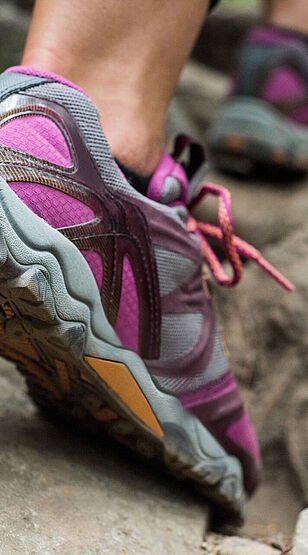
Selected quality tests for footwear
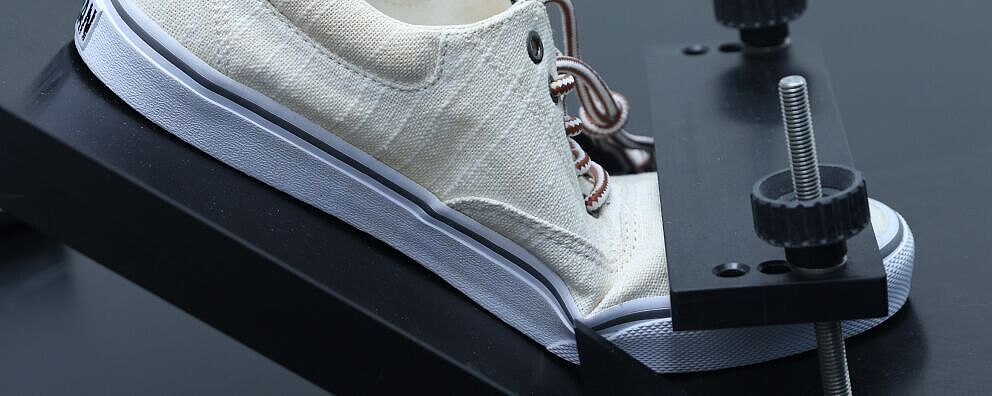
Physical lab tests
- Flex strength of components such as soles
- Tensile and tear strength of materials and seams
- Slip resistance and abrasion of outsoles
- Heat stability and waterproofness
- Colour fastness tests (e.g. to light, sweat, water)
- Abrasion tests to determine wear due to friction
- Testing of toe bridge fastenings
etc.
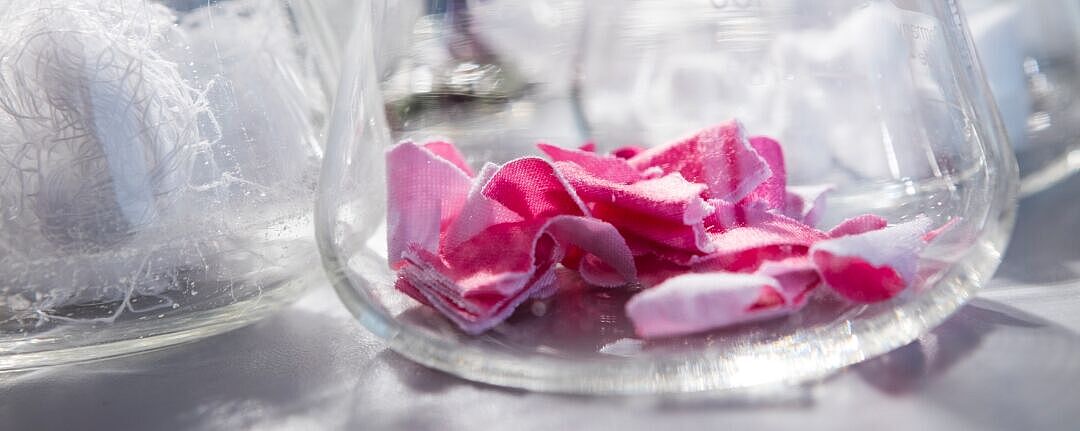
Chemical lab tests
- Chromium VI
- Azo dyes
- Phthalates
- PFAS / Fluorine
- Chlorophenols
- Heavy metals such as cadmium and nickel
- Formaldehyde
- Pentachlorophenol
- Dimethyl fumarate
etc.
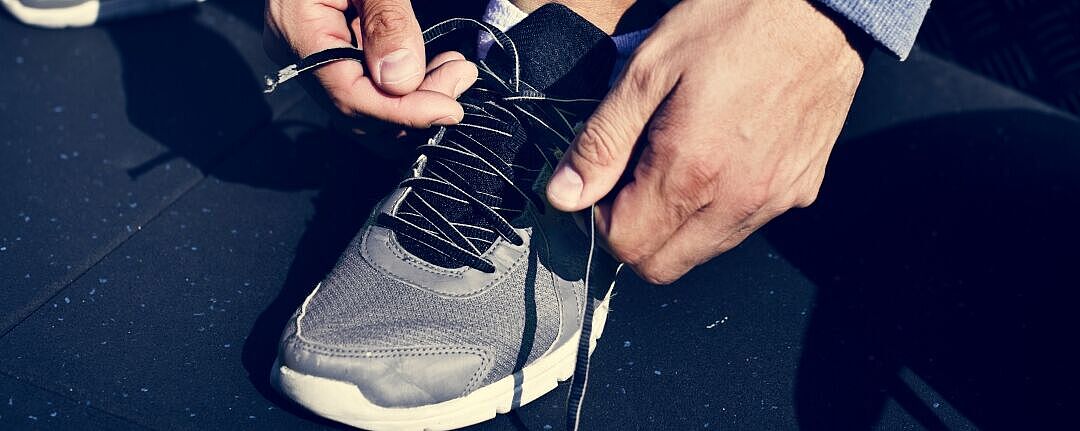
Fit testing
- Recommendations for size labelling
- Fit test on test persons
- Entry / donning comfort
- Crease and pressure formation when walking
- Heel height and stability
- Measurement of the inside length
etc.

Inspection service
- Check for pattern conformity
- Colour matching
- Symmetry/pairing
- Workmanship
- Packaging
- Labelling
- EAN codes & sorting of shipping cartons
- Customer-specific requests can be implemented and checked at any time
etc.
Hohenstein Quality Label for footwear
With our label, you can advertise the special quality of your footwear tested by us in a clearly visible and easily understandable way on the product and use it in your sales and communication channels.
Our modular system for customised testing and product labelling of your footwear
Basic package for testing
- Physical tests
- Chemical tests
- Durability
- Labelleing tests in accordance with the Product Safety Act
- Harmful substances
(based on OEKO-TEX® STANDARD 100 or OEKO-TEX® LEATHER STANDARD certificate or the Hohenstein Quality Label test programme)
Basic package for the labelling of your product
- Durability
- Product safety
- Harmful substances
(based on OEKO-TEX® STANDARD 100 or OEKO-TEX® LEATHER STANDARD certificate or the Hohenstein Quality Label test programme)
Possible extensions for testing and labelling
- Workmanship
- Odour
- Material resistance
- Recycled materials
- Genuine leather
- Durability
- Washability
- Outdoor suitability
- Waterproofness
- Antibacterial effectiveness
- Water repellency
- Air permeability
Testing of other quality characteristics on request.
What could a Quality Label for shoes look like?

The illustration shows a label with properties that would make sense to test for hiking boots without leather components, for example.


